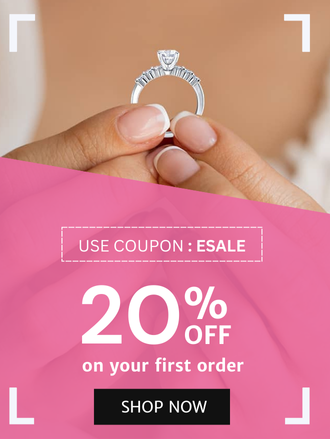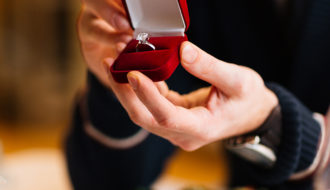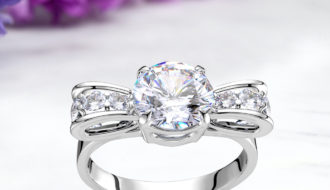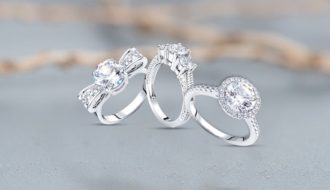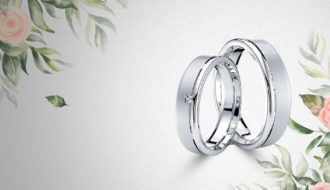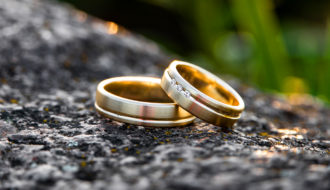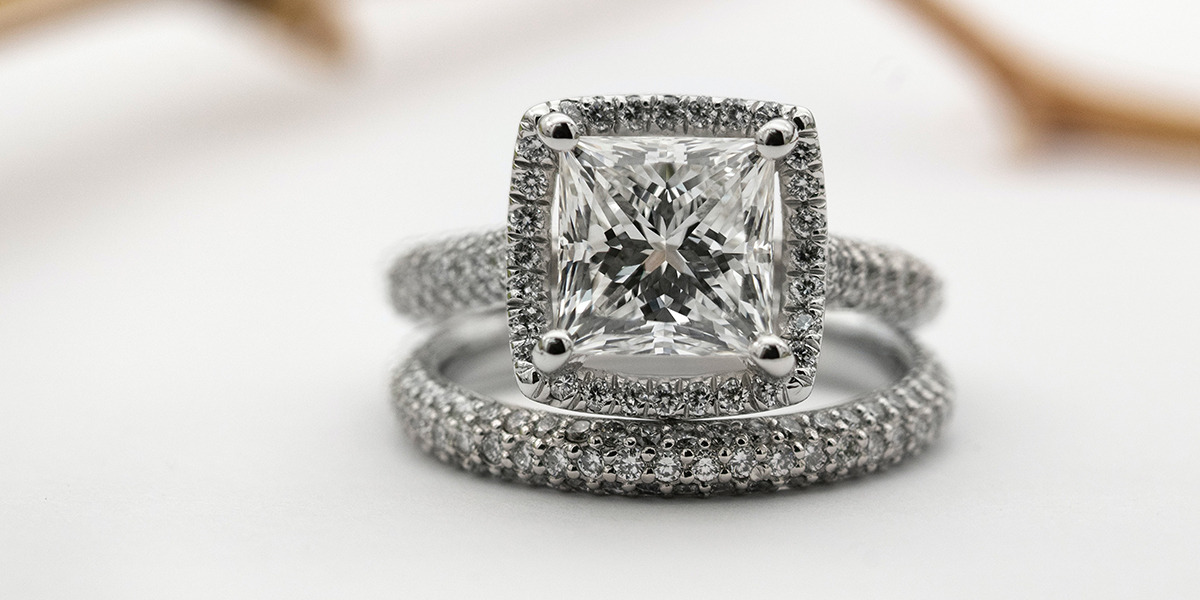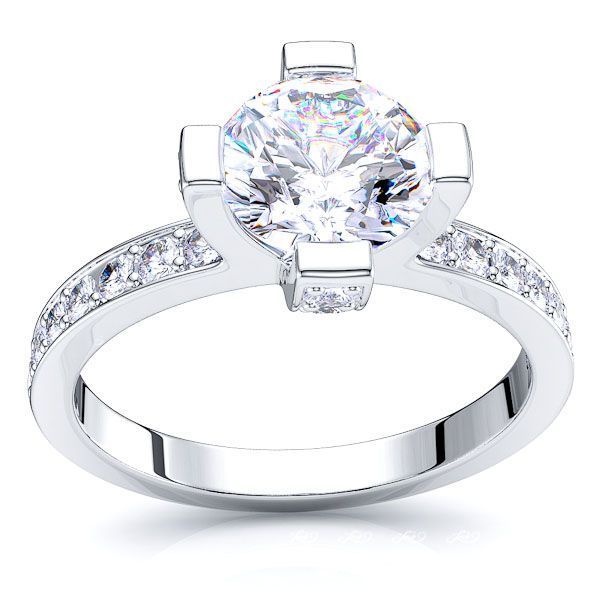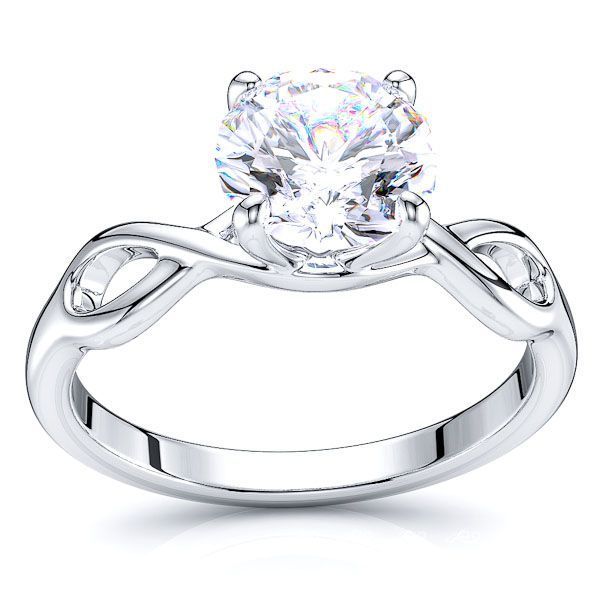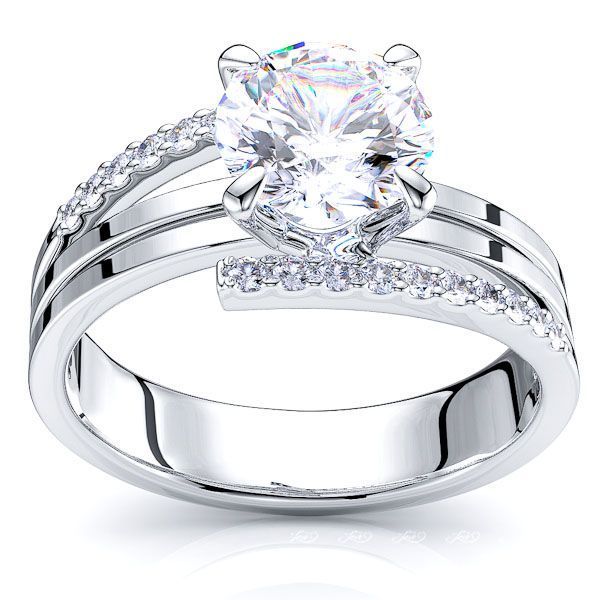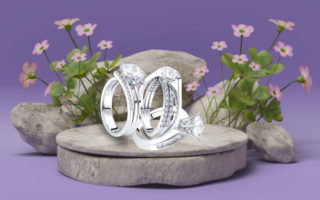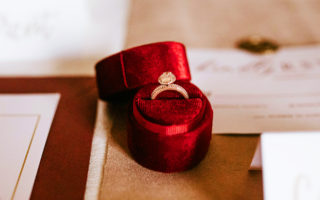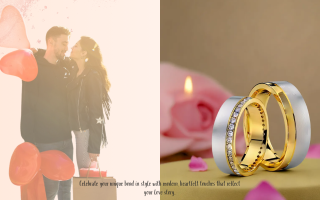Have you found your soulmate? So now you might be thinking about popping the big question, right? Are you planning to buy engagement rings online? When it comes to choosing an engagement rings, there are a plethora of choices to choose from. Different engagement ring styles might have different symbolic connotations. Selecting the best one for you might be a time-consuming process. Whether you’re looking for yourself or for a loved one, there’s a great deal of pressure in finding the best diamond engagement rings. Because your engagement ring will be an accessory you will wear for the rest of your life, it’s critical that you select one that you will adore.
When it comes to finding the diamond engagement ring of your dreams, it’s no secret that the cut of the main stone makes all the difference. Each one shines in its own way, and figuring out which one appeals to you is a good place to start. Consider what matters to you in everyday jewelry. Do you prefer a more modern appearance or love an antique style? Do you want your fingers to appear longer, or would you rather have a large rock? All of these elements are dependent on the stone cut, and we’re here to help you understand them.
- Round cut
Round-cut diamonds are popular among brides all over the world. It’s no wonder that this is the most popular stone, given that its form enhances the diamond’s fire at the correct reflection of light. Round brilliant-cut diamonds look great as solitaires, in two- and three-stone settings, and even in geometric designs for a throwback feel. These diamonds are ideal for brides who prefer the traditional diamond engagement rings, but if you prefer something a little more unique, you might want to pick a cut that will appear on fewer fingers.
Even if round diamonds are less clear or colorful, they generally feature the same aesthetics owing to their ability to reflect light and dissipate color better.
- Princess cut
Another famous engagement ring type is the iconic princess cut. The princess cut’s adaptable face-up design, which includes square or rectangle sides, makes it a great fit for almost any engagement ring style. You’ll get a more modern and geometrical style while still getting a lot of brightness, and they’re usually cheaper than round-cut diamonds. Princess-cut diamonds are notorious for chipping at the corners or dropping out, so be sure to use a protective setting while buying engagement rings online.
The cutting method of princess shape loses less raw diamond e. In fact, with a weight of more than 60%, the princess diamond is one of the most effectively shaped diamonds. Compared to other diamond cuts, princess cut diamonds keeps expenses down and lowers your expenditures as a customer.
- Emerald cut
Although this shape resembles a rectangle, it is a step-cut stone with shine in steps. Because it was such a prominent style in the 1920s, the Emerald form is frequently employed in retro designs. It has a compelling design with slightly chopped borders and large open facets. While it has a subtle gleam—some call it a “hall-of-mirrors” effect—its lengthy silhouette and geometric lines capture the diamond’s purity while catching the light powerfully. When positioned vertically, their form makes fingers appear longer and slimmer, making them ideal for engagement ring selfies.
Clarity, as well as color, is critical because there are fewer facets to distract from flaws. It’s also not a particularly spectacular cut, so if you’re looking for a show-stopper, this isn’t the style for you.
- Cushion cut
Thanks to its square-cut combination with red corners, this excellent cut is often compared with a pillow which boosts stone’s brilliance in combination with the classically 58 bigger facets. Cushion-cut diamonds have been available since the 18th century, and they were quite popular in the 19th century when most gemstones were cushion-cut. Cushion-cut engagement ring styles have recently resurfaced in popularity, exuding a vintage appeal that’s ideal for retro settings. They don’t glitter as brightly as brilliant-cut diamonds, and though they look beautiful in contemporary settings.
A modern way of cutting cushion diamonds is now applied that adds an additional row of facets to the pavilion or to the diamond base. Covers cut in this way are often described in diamond grading reports as a “modified cushion brilliant coil.” They may be like crushed Ice with augmented sparkles, adding a modern spin. Some diamond cutters utilize a mix of the two procedures that reduce the appearance of “crushed ice,” but preserves some of the modified glitz.
- Pear cut
This one-of-a-kind design also has an extended form that flatters the finger and gives the impression of a higher carat weight. When featured in an engagement ring, it’s generally worn directed away from the hand, however, some prefer to wear it pointing toward the hand. It will add length to your finger in any style you choose to wear it. Pear-shaped diamonds and diamond simulants are contemporary, which is why they are frequently matched with contemporary settings. With a distinctive form like Pear, halo engagement rings look bright.
Diamond engagement rings with pear cut are best set in a bezel or half-V setting, as they are prone to chipping due to their sharp tip. They are also likely to exhibit flaws that can be less-than-stellar if not cut properly,
- Asscher cut
The Asscher cut has been a popular choice among fashionistas. The Asscher Cut is octagonal in shape with 58 big steps and was named after the jeweler who developed the pattern in 1902. Its unusual symmetrical geometric shape, popular throughout the Art Deco period, still preserves brilliance and sparkle. Since it has no harsh edges, it is not susceptible to breaks and looks wonderful in many contexts.
Although the sparkling of Asscher’s cut diamond has always evolved, new cutting processes have endured the same essential properties for over a century. Because Asscher’s cutting approach makes defects clearer, a grade of diamond clarity of SI1 or greater is recommended.
- Radiant cut
Henry Grossbard designed the radiant-cut diamond in 1977, and as the name implies, it catches the light in a spectacular way. The shape is similar to an emerald-cut stone, but the deep-cut facets provide shine. This stone’s eternal essence and personalized character will appeal to brides who don’t want to travel too far from the classical styles. Because it has eight corners, it doesn’t have the sharp edges of a princess-cut diamond, reducing the possibilities of chipping. The radiant cut may not be the best choice if you want a big rock, as the deep cuts make the stone appear smaller. Because it’s so uncommon, you might not be able to find a large number of stones in this cut to choose from.
When buying engagement rings online in radiant cut, we recommend choosing a diamond with a color rating of H or I or above, as this shape can display more color than a Round cut. Since its beginnings, mixed cuts, such as the radiant, have grown in popularity. These cuts keep more of the rough stone than brilliant cuts, allowing you to get more diamonds for your money. Radiant diamonds are frequently classified as “Cut Cornered Modified Brilliant” forms on diamond grading reports.
Now that you’ve learned about the many types of engagement rings and stone cuts, you can start looking for the perfect ring. Whether it’s basic or spectacular, glam or elegant, the type you choose should reflect your personal style and preferences. Your ring will be your most significant possession; thus, it should be extremely important to you.
